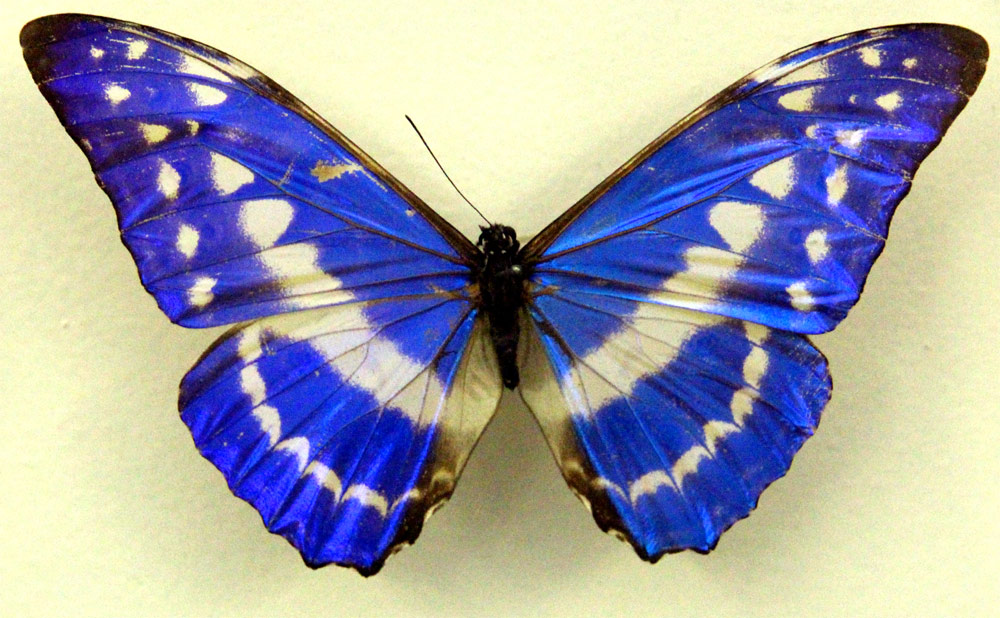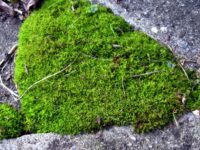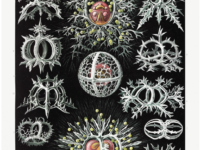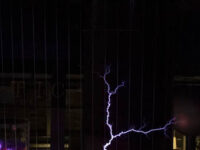There’s nothing quite like the brilliant shifting color of a butterfly’s wings. Humans have long been fascinated by the dynamic properties of anything that sparkles – gemstones, the feathers of a hummingbird, the scales of a fish. What makes this elusive property of nature so unique is not only the colors that it exhibits but also the structural origin of such a phenomenon. Iridescence is the interactions between light waves, called interference, that are brought about by the structure and viewing angle of an object.
Perhaps one of the best examples of iridescence in nature is the butterfly genus Morpho. The wings of these butterflies display a range of brilliant blue shades, surrounded by striking black outlines and pale yellow streaks of color. This large genus of butterfly displays some of the most prominent iridescence found in nature through its vibrancy. However, blue pigment is not exactly what creates such an appearance.
The hue of all organisms can be accredited to either pigmentary or structural coloration. Pigmentary coloration, which exists most commonly in nature (think shiny beetles or the feathers of a peacock), is due to pigments synthesized by cells within the integumentary tissues. For example, the color of your skin is the result of the pigment melanin. In a group of species such as Morpho, however, individuals display structural coloration. Their color is continuously changing because of the structural composition of their wings. Depending on the angle at which a Morpho butterfly is viewed, its wings may appear a deep sapphire, a sky blue, or anywhere in between. This mesmerizing effect can be attributed to microstructures built into the composition of the butterfly’s wings.
“This mesmerizing effect can be attributed to microstructures built into the composition of the butterfly wings.”
Iridescence serves purposes such as avoiding predation by maintaining an elusiveness that deceives predators through constantly shifting color. The functionality of iridescence also extends beyond predator-prey relationships among an ecosystem. The structural property functions as a method of communication within species, particularly in terms of mating selection; hence, the shiniest survive. The butterfly with the best display of iridescence appears as the most desirable to a potential mate and thus is more successful in the continuation of the species.
In 2020, a group of scientists explored the effects of the structural coloration of two species of butterflies: Morpho cypris and Greta oto. M. cypris is a species of the Morpho genus that is native to Colombia and exhibits a brilliantly bright shade of cobalt when viewed from a particular angle. The scientists examined the behavior of light reflection from the butterflies’ wings in its relationship to the viewing angle. In the experiment, optical and fluorescent measurements were taken as well as photographs and optical microscope photographs of the wings of the butterfly. Using these assays, they determined the relationship between viewing angle, reflected color, and angle of light. The findings, as expected, demonstrate that iridescent color greatly varies depending on lighting and viewing angle. As the wings didn’t exhibit a fixed color, this is an example of structural coloration.
“The incredible display of color of the Morpho genus reflects nature’s ability to balance form and function to craft a beautifully dynamic world.”
One of the experiments done by the scientists kept a fixed source of light and positioned the samples at various angles. Expectedly, the photographs recording this portion of the experiment depict a wide range of reflected color. The EDXS measurements mentioned in the report are an assay used by the team that record the chemical composition of the wings. Among the most abundant elements are sulfur, carbon, nitrogen, oxygen, and silicon – all key components of a substance called chitin. Chitin is what makes up the skeletons of arthropods, and this structural purpose is present in butterfly wings on a much smaller scale. Though a Morpho butterfly’s chitin isn’t a protection strategy like it is in an arthropod, it is comparable in terms of a primary method of structural composition. The microstructures that chitin forms directly correlate to the iridescent phenomenon that is characteristic of Morpho. The incredible display of color of the Morpho genus reflects nature’s ability to balance form and function to craft a beautifully dynamic world.






